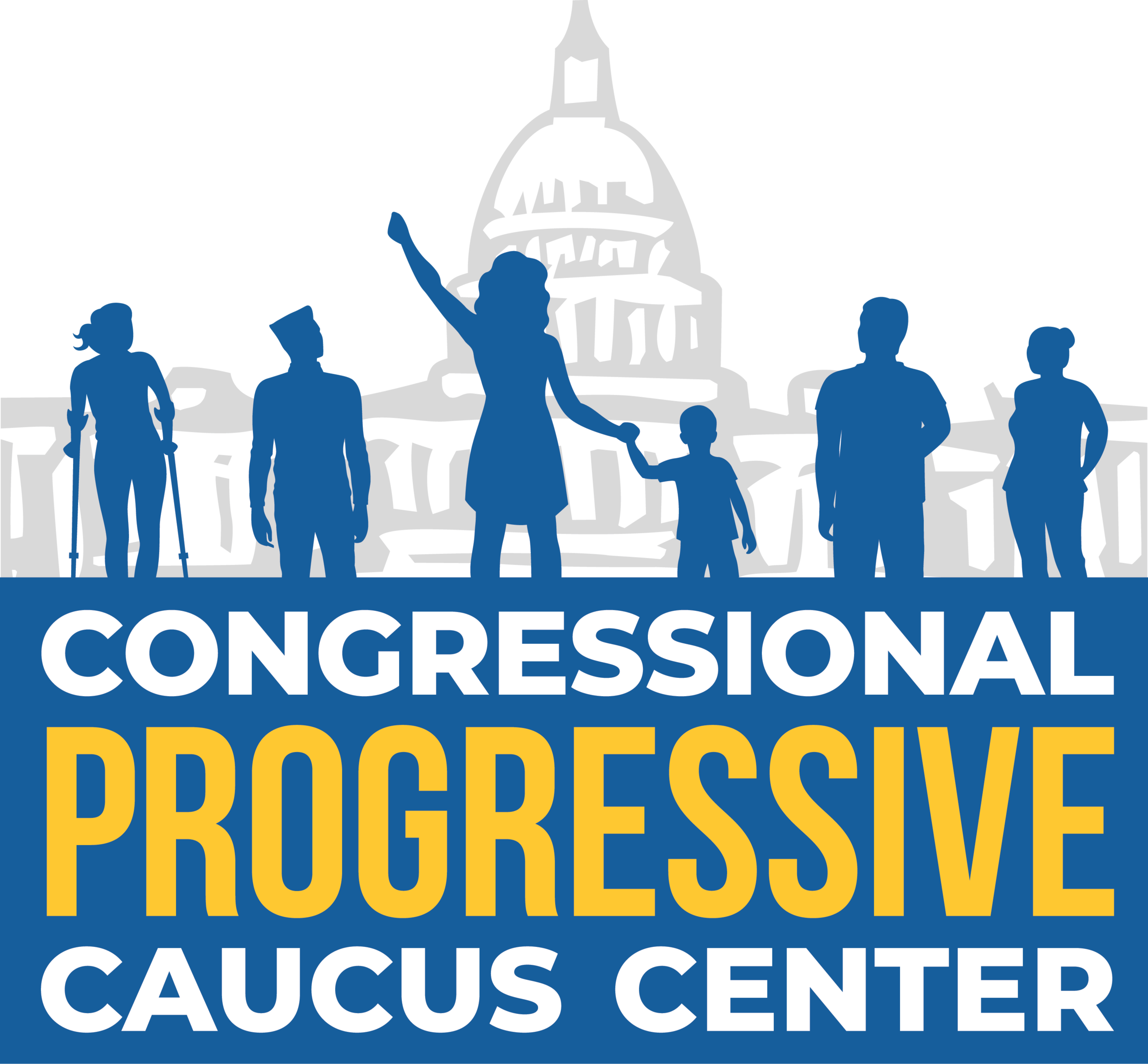January 22, 2025: Unpacking Impoundment: What We Know & What We Don’t
Among the flurry of executive orders (EOs) the White House issued on Monday is one that could bring infrastructure projects already in the works nationwide to a standstill.
Below is my quick rundown of what we know so far about the President’s move to “impound”—that is, illegally and unilaterally withhold—this money. But before we get to that, a request!
If folks learn of projects in their community that this EO is holding up, please let me know! These updates aim to offer helpful information about what’s happening and what it means—and those stories will be immensely helpful as I try to spell out the impacts of Congress’ and the administration’s actions. Thank you!
What does the EO say?
The operative language directs all federal agencies to “immediately pause the disbursement of funds appropriated through the Inflation Reduction Act of 2022 (Public Law 117-169) or the Infrastructure Investment and Jobs Act (Public Law 117-58).” Agencies have three months to report to the White House on whether the paused funds align with the President’s stated policy objectives. According to the EO, if the funds do not align, they cannot go out the door.
What does “pause the disbursement” mean practically?
This means withholding money legally owed to people who have completed work for the federal government. So, state and local governments, private businesses, nonprofits, and federal employees whose paychecks come from the Inflation Reduction Act (IRA) or Infrastructure Investment and Jobs Act (IIJA) might not get paid.
Is this legal?
No. Congress approved this funding and the President does not have the power to impound it. Courts have affirmed this repeatedly. House Appropriations Committee Ranking Member Rosa DeLauro has a fact sheet with more background.
What is this money paying for?
The EO cites electric vehicle charging infrastructure, but the language explicitly says “including but not limited to.” As a result, the EO could block money states and localities are expecting to finish work like road repairs, bridges, broadband expansions, water infrastructure, and many more highly visible projects.
What happens if the money never goes out?
States and local governments will have to find funding elsewhere or scrap the projects entirely, leading not just to half-finished projects but also thousands of job losses. The EO’s mandated “pause” alone could hold up workers’ paychecks and jeopardize progress on infrastructure projects.
Do we know exactly what projects could stall or cease, and where?
Not yet.
How do we find out?
State and local officials will be the best sources of information, as they’ll know whether they budgeted for IRA or IIJA funds from the federal government, what that money was earmarked for, and how big a hole they could be left with if the President takes that funding away.
We’ll keep you posted as we learn more about this important development and others—to stay in the loop, please subscribe to these Unrig the Rules updates! As always, I welcome your feedback.

